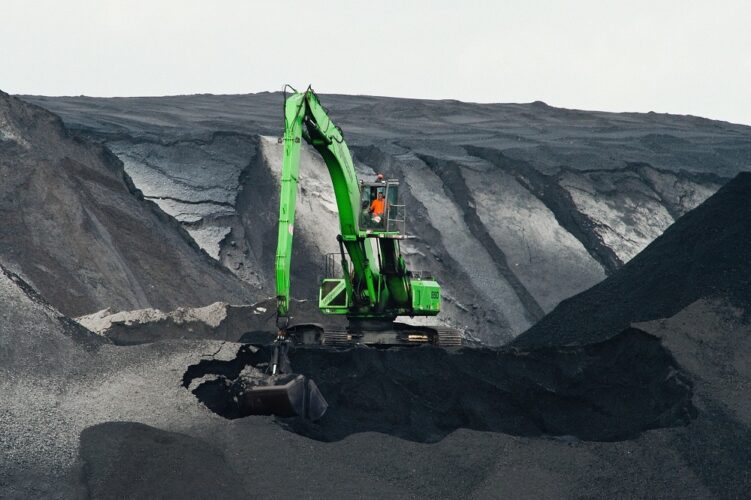As part of the government’s energy policy, Poland intends to boost its coal output, according to Minister of Climate and Environment Anna Moskwa, Anadolu Agency reports.
Poland imports coal from countries including Colombia, South Africa, Australia, and Indonesia in addition to producing two-thirds of the nation’s total coal usage domestically.
These imports, however, are expensive since the vast bulk are sent from Amsterdam by train or sent by sea to Polish ports.
In an interview with the Polish weekly magazine Gosc Niedzielny, Moskwa reaffirmed that domestic coal remains dominant and that the nation would maintain energy security using both nuclear and gas in addition to coal.
Polish State Assets Minister Jacek Sasin stated that although Poland has been obliged to delay the process of dismantling coal mines, the country will not change its intentions to shut down all of its coal mines by 2049, Euractiv reports.
The minister stated that although the mines’ end date remains set, “the curve [of shutting them down] will be flattened” in comparison to the earlier estimates, he told Polish weekly Bankier.
No mine can be closed, he said, until the first nuclear units are operational. “It is impossible to increase our reliance on imported coal, which is significantly more expensive than our own. Consequently, we must delay the mine closure procedure,” he added, as Bankier reports.
According to Anadolu Agency, Poland plans to build three nuclear power stations, which, once they are finished, will cause a decrease in the proportion of natural gas and coal in its energy mix.
The nation will build a total of six nuclear power plants with a combined capacity of 6 to 9 gigawatts as part of its action plan for energy supply.
The first reactor, which will be constructed in accordance with the deal with the US, will start producing between 1.1 and 1.6 gigawatts of power in 2033. Reactors will be built in the future every two years.
At the end of October Poland signed a memorandum of understanding with South Korea for the construction of the country’s second nuclear power facility.



